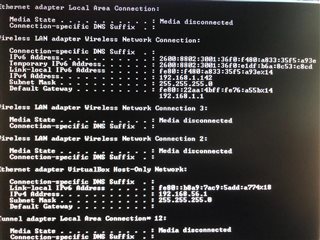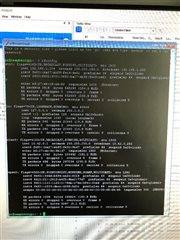Hey all,
I've been using the SDK for Thread for quite a while and got all the basic stuff up and running with Thread and the nRF52840DK, RPi Border Router, etc.
For example, I can run the google iot coap example and this all runs fine.
What I've been wanting to do is be able to ping my host PC so that I can test some local LAN comms, but for the life of me I can't seem to get this to work.
I've scoured through countless documentation and online forms and there doesn't seem to be any clear instructions on this. I'm hoping someone here knows the magic configuration.
I have a Linksys EA2700 Wi-Fi router that supports IPv6 sitting in between my host PC (Windows 7) and the RPi Border Router. I can ping using IPv4 and IPv6 addresses between these devices all day long.
I've tried modifying tayga.conf to not use the global prefix but the prefix that seems to be used by the Wi-Fi router, which is 2600:8802:3001:36f0 as per below:
ipv6-addr 2600:8802:3001:36f0::2
prefix 2600:8802:3001:36f0::/96
I've also attached a screenshot of my host PC's ipconfig for review.
Everything else is out of the box. What am I missing? Why can't I ping my host PC from my Thread FTD?
From the Thread FTD's CLI, if I do a ping 2600:8802:3001:36f0::192.168.1.142 i just get "ICMPv6 Destination Unreachable" if I look at it with the Ubiqua sniffer.
Thanks in advance.



